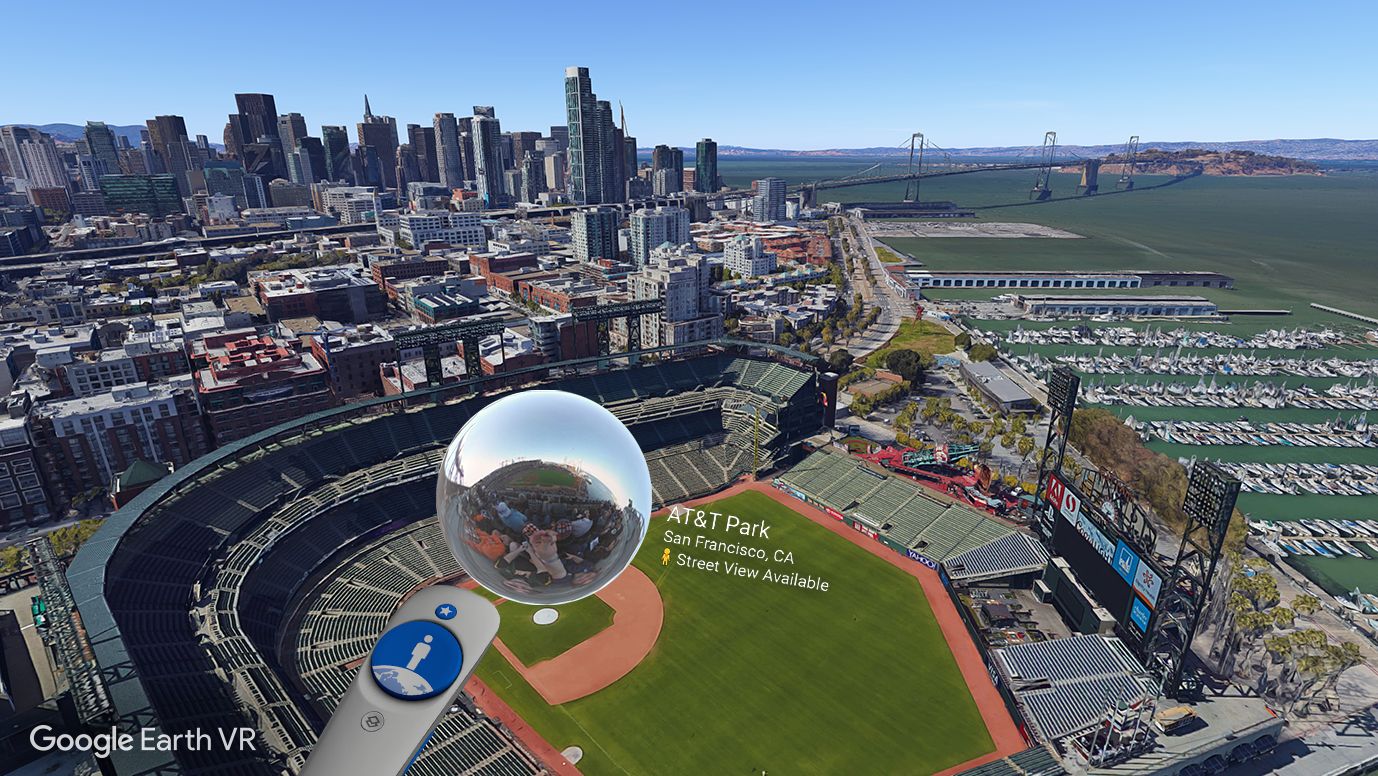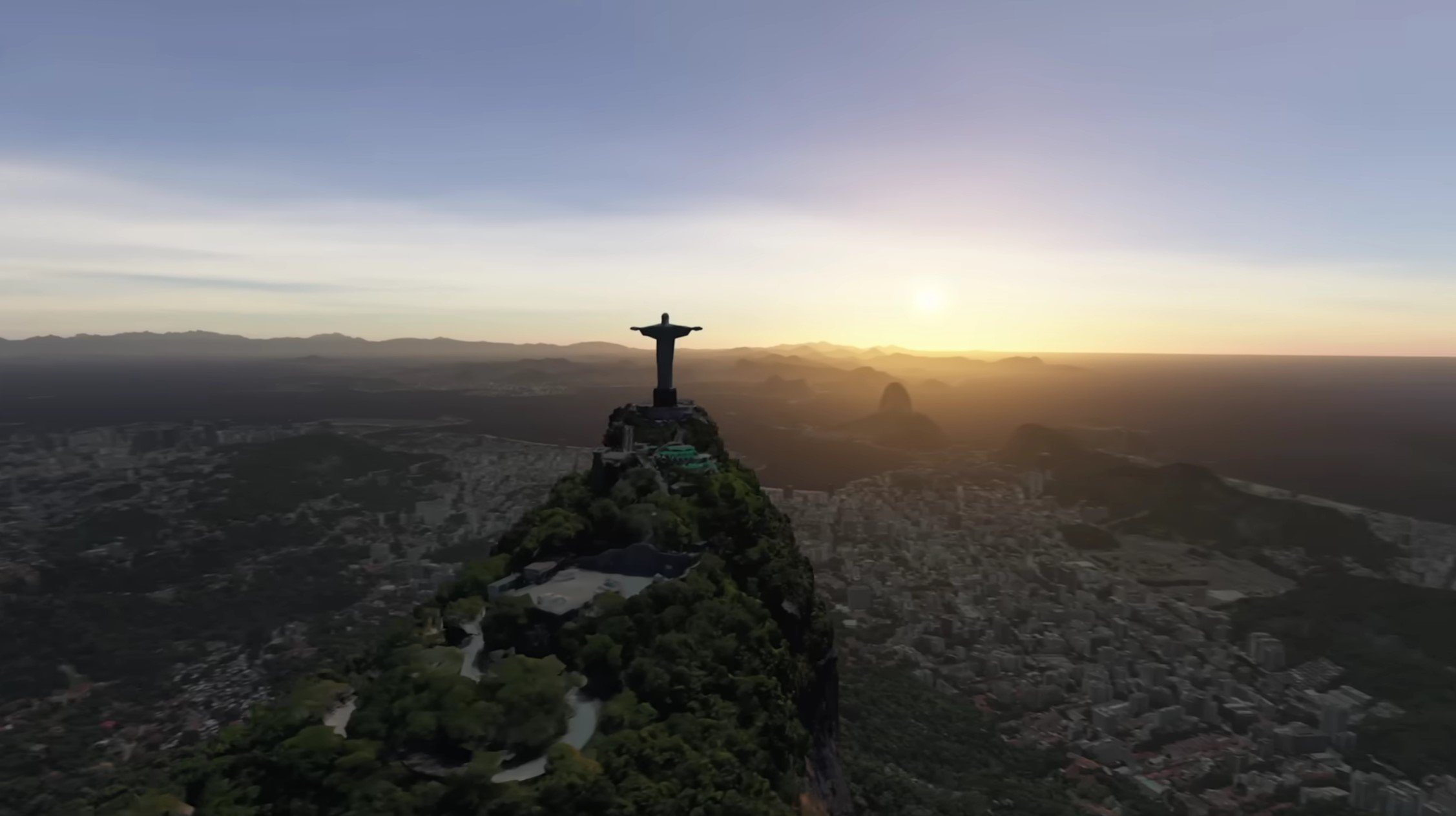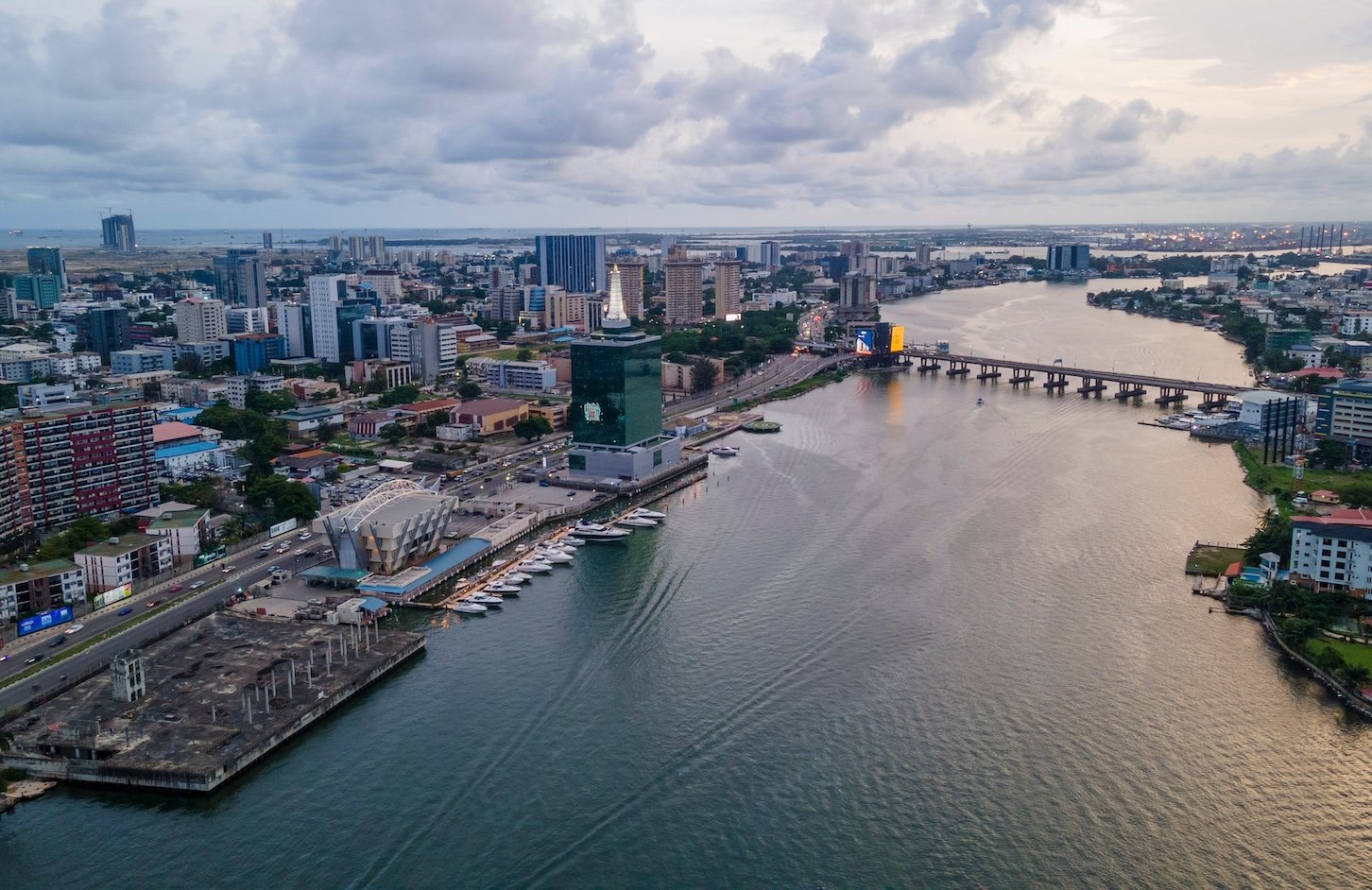Calvin Wankhede / Android Authority
When I’m planning a trip to a new destination, I try to get a feel for the place before I leave — especially if I’m going abroad. Not that I’m trying to mitigate culture shock, but it’s helpful to know what the areas I’m visiting actually look like. I prefer knowing how walkable the area around my hotel is and what kind of restaurants are nearby ahead of time. Google Maps is of course my first choice for this task, and I’ve spent hours mindlessly tapping away.
But there’s a better way. Nearly a decade ago, Google quietly released an app that lets you roam around the entire world and actually feel like you’re standing in it. I’m talking about Google Earth VR, an app designed for the first generation of PC headsets but still works on modern hardware. It may not be the most accessible version of Google Earth, but it’s a one-of-a-kind experience that has stuck with me and still offers first-person perspective immersion like nothing else out there.
Google Earth, but you’re the main character
What makes Google Earth VR so special? The app wastes no time to demonstrate — the welcome tour opens with you suspended high above the Arches National Park in Utah at the crack of dawn. Press a button and time accelerates until the sun rises fully and the red rocks beneath are bathed in a warm glow. You get a few seconds to gaze at this endless vista surrounding you, but it’s not long before you’re dropped in the middle of Tokyo and surrounded by tall buildings instead. Finally, it shuttles you through a series of notable landmarks around the world, each at different times of day.
By the end of the tour, you’re familiarized with the controls and left to explore. This is where Google Earth VR shines — you can fly yourself up to float above entire countries or shrink down to ground level and strain your neck to see the top of super tall buildings. You have the option to rotate the world around you, change perspectives, or gradually drift through a city like a drone. It’s all smooth movement and you always feel like you’re in control.
Google Earth VR lets you stand in the middle of a dense city or fly through it like a drone.
The Earth VR app also really comes into its own when you’re in a city where Google has collected detailed 3D imagery like Tokyo, New York, and Paris. Scale yourself down to street level and it feels like you’re physically there, just without the crowds or traffic around you. But even the best photogrammetry looks like an AI-generated mess when you’re within spitting distance of it. Buildings turn mushy, cars look melted, and fine detail disappears.
Luckily then, the folks at Google employed a genius solution — moving a controller up to your head switches you into Street View. There’s no better way to explain it than to say it’s like standing in a Street View photo. You’re at human height, free to look around with your head naturally. Better yet, you can teleport a few feet at a time to the next street view image or cross the street to see a different perspective. You can “walk” through an entire city this way, ironically emulating an open world game.
Street View in VR: A game changer for travel

If you’re unable to travel due to mobility limitations, Google Earth VR might be the closest alternative out there — and not in a gimmicky way. It offers a level of presence that flat screens simply can’t match. From your own home, you can stand at the base of the Eiffel Tower, hover over the Golden Gate Bridge, or drift above the Sydney Opera House.
The app includes a built-in list of famous landmarks that you can visit instantly. Even better, you’re not stuck with whatever lighting conditions the real world had when the imagery was captured. With a flick of your wrist, you can rotate the sun’s position in the sky to change the time of day, casting long shadows from buildings or nailing the desolate look in a desert at midnight.
Google Earth VR lets you visit real world addresses, pop into Street View, and move around in human scale.
But even as a frequent traveler, Google Earth VR is incredibly handy. This is because it lets you input any address, just like the Maps app on your phone, so you can quickly zero in on a particular location.
If I want to see what the walk from my hotel to the subway looks like for my upcoming trip, I can simply fly down to the ground level and enter Street View. I did exactly this before leaving for Malaysia last year and walking around in Street View helped me realize that the city was far more car-centric than its Asian neighbors. It also helped me realize that one route to my hotel was much more accessible than another. With this information, I picked a different mode of transport that required some more walking but didn’t force me to cross an eight-lane road.
Of course, you can’t get a true feel of the neighborhood without live traffic or pedestrian activity — this sadly isn’t Microsoft Flight Simulator with its moving cars. But you can still glean a lot about a place just by looking for clues in the environment. Are shops open during the day? Is the sidewalk well maintained? The list goes on.
For even the fundamentals of trip planning, Google Earth VR beats passively browsing maps on a phone. And even though the app hasn’t received any major updates over the years, it pulls the latest Street View images from Google’s servers. Any businesses or storefronts you see in the app, you will likely still encounter in the real world.
See the Earth before Google sunsets it forever

Calvin Wankhede / Android Authority
I first tried Google Earth VR years ago on an original Oculus Rift, back when true virtual reality was still a novelty and required drilling three infrared cameras into my wall. Still, the sense of scale and freedom it offered was impressive. But I more or less forgot about it — until I picked up a Meta Quest 3 last year and decided to revisit my old Oculus game library.
Google Earth VR doesn’t run natively on the Quest, though. You’ll need a VR-capable PC with a decent GPU and either a USB-C cable or decent router for wireless streaming. The idea is that your PC renders the game and streams the output to the headset. It may seem like a janky solution, but it’s the only practical way for most people to experience this app in 2025.
Google Earth VR hasn’t been updated in years, and I fear it’s on borrowed time.
Setup complexity and hardware cost aside, Google Earth VR has never looked better than on the current crop of headsets. The improved visual fidelity makes it an almost surreal experience that I think everyone should experience. And yet, the app almost sits on the verge of abandonment today.
I was a bit surprised that the app still pulls in live 3D and Street View data from Google’s servers, but that access could stop at any moment. So if you’re even remotely curious and can still get your hands on the hardware, go see the world while it’s still online.









